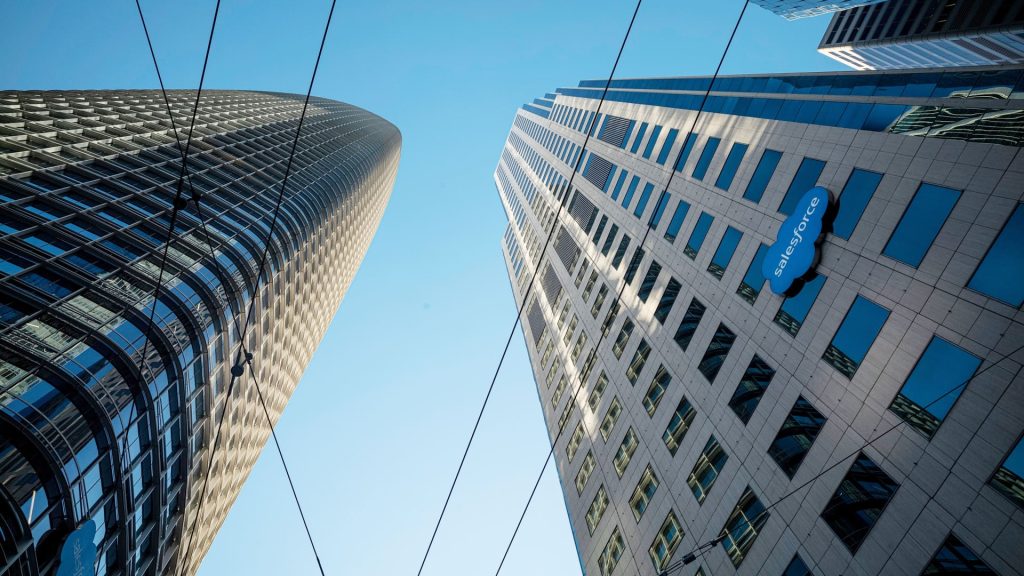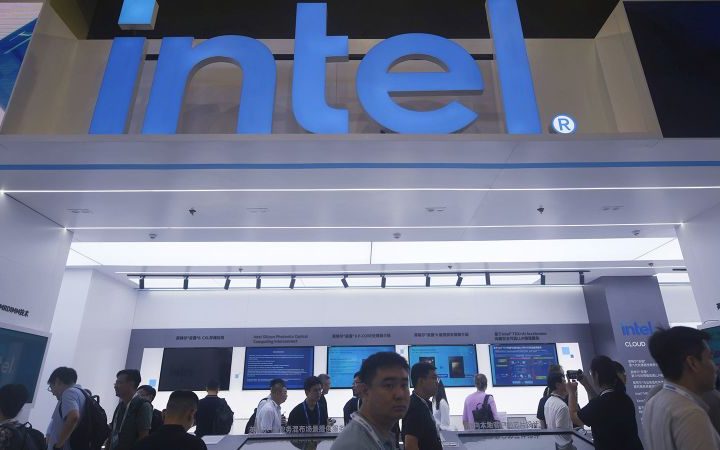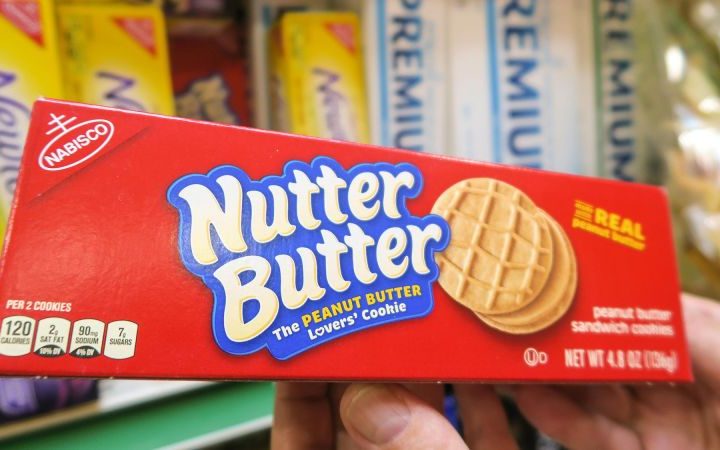A growing number of cash-strapped Americans are cracking their nest eggs for emergency funds.
The number of 401(k) plan participants taking hardship distributions increased by 13% between the second and third quarters, according to an analysis by Bank of America of its clients’ employee benefit programs.
That figure now stands at 18,040, the highest level in at least the past five quarters since Bank of America started tracking this data.
The growing reliance on 401(k) plans as a source of urgent cash is further evidence of consumer financial stress heading into the 2024 election year.
Despite high GDP and low unemployment, some Americans are clearly facing a cash crunch and struggling to pay the bills.
Lisa Margeson, managing director of Bank of America’s retirement research and insights group, said the rising number of 401(k) hardship distributions could be caused by high inflation and the rising cost of living.
As Covid-era savings shrink, more and more consumers are turning to a costly way to borrow: Credit cards. Despite record-high rates, credit card balances have swelled by $148 billion over the past year to $1.08 trillion, according to a report from the New York Federal Reserve released Wednesday.
The same report also found that the share of households newly delinquent on credit cards is at the highest level in a dozen years.
Others are leaning on their retirement accounts for cash.
Bank of America said the number of 401(k) participants taking hardship distributions increased by 27% from the first quarter of this year. The average withdrawal amount was steady at $5,070.
Bank of America’s client employee benefit programs are comprised of more than 4 million plan participants.
The bank found that 0.59% of 401(k) participants took a hardship distribution last quarter, up from 0.52% in the second quarter and 0.49% the year before.
According to the IRS, for a distribution from a 401(k) plan to be considered a hardship, it must be made because of an “immediate and heavy financial need, and limited to the amount necessary to satisfy that financial need.” The 401(k) participant gets taxed on this cash withdrawal (it is subject to income tax,) and the money is not paid back to the account.
Financial experts typically urge people to avoid tapping their 401(k) plans for emergency cash, if they can. That’s because funds pulled from retirement accounts will miss out on years, if not decades, of expected growth in the market.
“It’s important that employees try to minimize withdrawals from their 401(k)…whenever possible,” Bank of America’s Margeson said. “When left to grow and invest, these savings can provide employees with a solid nest egg — setting them up for a bright financial future.”
The good news is that despite the high cost of living, many Americans are still socking away money in their retirement accounts.
Bank of America found 401(k) contribution rates were steady during the third quarter at 6.5%.
Even better, Bank of America found that more than one in five (21.3%) of Gen Z and 10.4% of Millennials are ramping up their contribution rates. Just under 3% of those age groups are cutting back on their retirement savings.
Read the full article here







